Kickstarter suspends $4million Laser Razor campaign
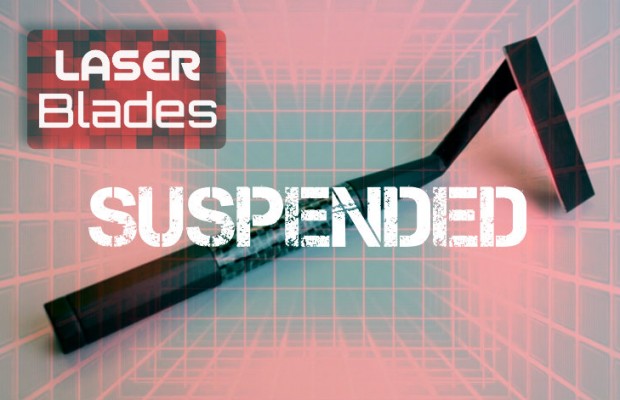
On October 2nd, we ran a story about the Skarp, an innovative bladeless razor that claimed to use laser light to shave stubble [see below]. Over the course of the campaign, the inventors raised more than four million dollars in pledges on Kickstarter from backers eager to get their hands on such a revolutionary product. But some, skeptical of their ambitious claims and the lack of a true working prototype, were wary of buying in based on promises alone.
Kickstarter Suspends Campaign
Late last night, Kickstarter seemed to agree, suspending the campaign and cancelling all pledges. In a letter sent to backers, the Kickstarter Integrity Team wrote that “after requesting and reviewing additional material from the creator of the project, we’ve concluded that it is in violation of our rule requiring working prototypes of physical products that are offered as rewards.” Kickstarter made the move even though the Laser Razor was one of the top 20 Kickstarter campaigns of all time.
Laser Razor Turns to Kickstarter Rival
Skarp Technologies admits they did not technically have a prototype of the razor that would ship to the public, but argues that the technology is fundamentally sound and only feasible with large-scale production. Many early adopters are unfazed, and have already raised over $130,000 in the first 12 hours of Skarp’s new crowdsourcing campaign on Indiegogo.
Original October 2nd Story: Lasers replacing blades on razors

Skarp Lazor Razor Shaving System
Lasers have long been used as cutting tools in industrial applications. There’s a good chance that many of the blades you own were once blanks cut out of sheets of steel with a laser. Even the steel disc removed from your Spyderco blade to produce their trademark hole is cut out using a laser. But the cutting technology requiring large machines and enormous amounts of energy has never really left the factory floor – until now.
A team based in Irvine, California wants men to swap their bladed razor for a laser razor. The Skarp Laser Razor is a reusable handheld shaving tool that uses a AAA battery and promises a close, comfortable shave.
Morgan Gustavsson, who originally worked with lasers in the medical and cosmetic industries, invented the technology behind Skarp. It works by focusing a specific wavelength of light at the root of a hair. The light is tuned to interact with specific chromophores – parts of molecules present in all human hair. The chromophores absorb the laser light, heat up rapidly, and cut the hair where the laser is focused. The laser blade’s wavelength is set to only be absorbed by particles present in hair, so there’s no danger of cutting the surrounding tissue. According to Skarp, the result is as close and comfortable a shave as you’ll ever experience.
Will we ever see a laser bladed Kershaw Leek? It sounds like it may be only a matter of time. “We have lots of ideas [but] can’t say more than that.” Oliver Pearce-Owen, Skarp’s Director of Technology told KnifeNews.
Skarp Technologies is funding their product on Kickstarter, where it has already surpassed its goal of $160,000 and then some. Over 2.7 million dollars has been pledged with 16 days still left in the crowd funding campaign.



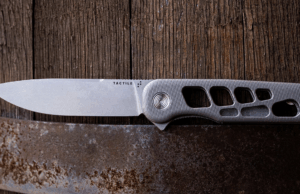


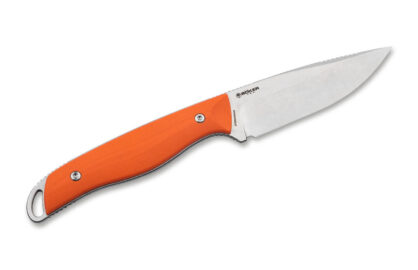




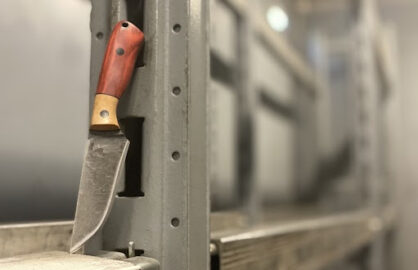



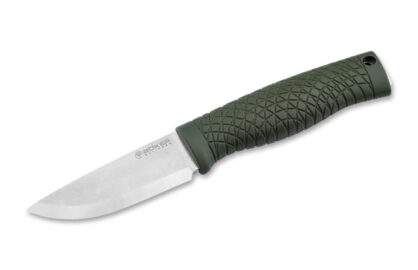

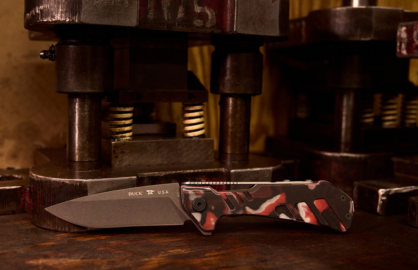



0 comments